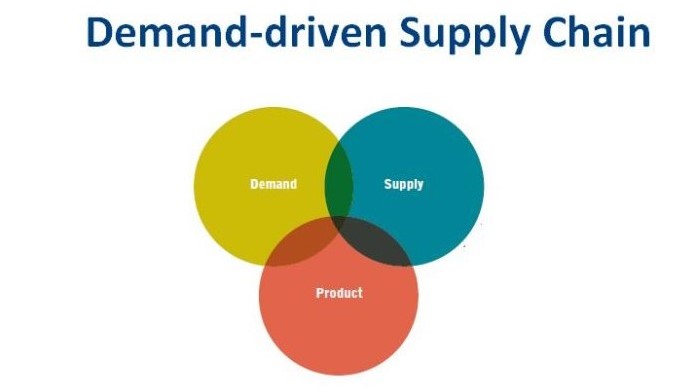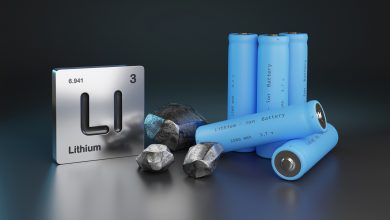Understanding Demand-Driven Supply Chain

Index Of The Blog
Today’s corporate world is wayward and many factors are contributing to this waywardness. The need for adaptability to this ever-increasing uncertainty is one of the biggest challenges businesses are facing.
Owing to the shortening of product and technology lifecycles, companies are under rising competitive pressure. The market is more challenging, necessitating more frequent product changes. Customers are spoiled with choice, so meeting their satisfaction levels is difficult, and keeping a customer for a longer period is not as simple as it once was.
Now, what is the way forward? To meet this challenge, the company must increase its agility, allowing it to react in lesser time to both volume and variety changes. In other words, it must be able to easily adapt production to market demand and move from one variant to the next.
Unpredictable, static, and erratic. These are the ideal terms to characterize the supply chain of the past. With the introduction of forecasting tools and technologies to better balance supply and demand, we’ve come a long way since the first industrial revolution.
Demand uncertainty, on the other hand, continues to be a major problem in supply chain management.
What is a Demand-Driven Supply Chain?
A demand driven supply chain is a supply chain management strategy that focuses on constructing supply chains in response to demand signals. The key driving force behind DDSC is consumer demand. In contrast to conventional supply chains, DDSC employs a pull (Demand-pull) strategy. It allows the industry to exchange more information and communicate with those in the supply chain.
A Demand-Driven Supply Chain relies on knowledge flows to bring all parties in the supply chain together. A true DDSC will still adjust to changing market conditions, allowing it to retain or minimize inventory levels while also reducing the intrusive issue of expedited orders
Key Characteristics of Demand-Driven Supply Chain
Demand-Driven supply chain networks are not like conventional supply chain management strategies. These are driven by consumer demand and use a pull rather than a push method of achieving new sales. Therefore, to better serve your customers, you will need to make changes to your supply chain accordingly.
Demand-driven supply chain networks have a few distinct characteristics.
- Real demand / Purchase drives the production
- Real-Time Supply Chain Visibility
- Better and efficient inventory management
- Timely Detecting supply problems before they affect operations
- Defense against demand volatility, by only building to a replenishment signal rather than a prediction
- DDSC and Consumer Packaged Goods
To achieve a higher service level, consumer packaged goods companies work hard. Because in today’s competitive business world, customers don’t bother to wait for their desired product, if you fail to provide them on time, they will go to any other option or maybe to your competitors. Therefore CPG companies make an analysis that what inventory levels they require and make the required inventory available to serve customers rightly on time. As a result, there is an increased focus on demand-side strategies in CPG.
During the past few decades, there is a new trend seen. Now CPG companies can have a straightforward insight into the real demand. These companies are collecting POS data directly from retailers rather than using other distribution channels.
Now that they have a better understanding of the demand trends, CPG producers can quickly decide what to produce, what to produce? How much should be produced? And when to produce. Demand-Driven Supply Chain Planning assists producers in reviewing their supply plans in this way.
- DDSC and High-Tech industry
Although many high-tech companies (particularly in consumer electronics) face some of the demand-side challenges. Their supply chains vary significantly, resulting in very different strategies for being demand-driven.
Owing to short product life-cycles, many high-tech companies work in an environment of high market uncertainty. Given their short life-cycles, such businesses must be cautious regarding finished product inventories, or they risk incurring significant costs.
These supply chains also try to hold as much stock as components or in a semi-finished product stage as possible, deferring final assembly. Essential materials that go into the product are often in short supply, necessitating allocations.
In the high-tech industry, demand-driven strategies begin with product design. Companies are aiming to use a common product platform in their engineering designs to optimize the use of standard components and increase capacity.
Concluding
Some businesses are implementing the ultimate demand-driven supply chain strategy: consumption-based pull planning. In this case, inventory buffers are installed at crucial points in the supply chain to decouple processes and reduce lead times.













